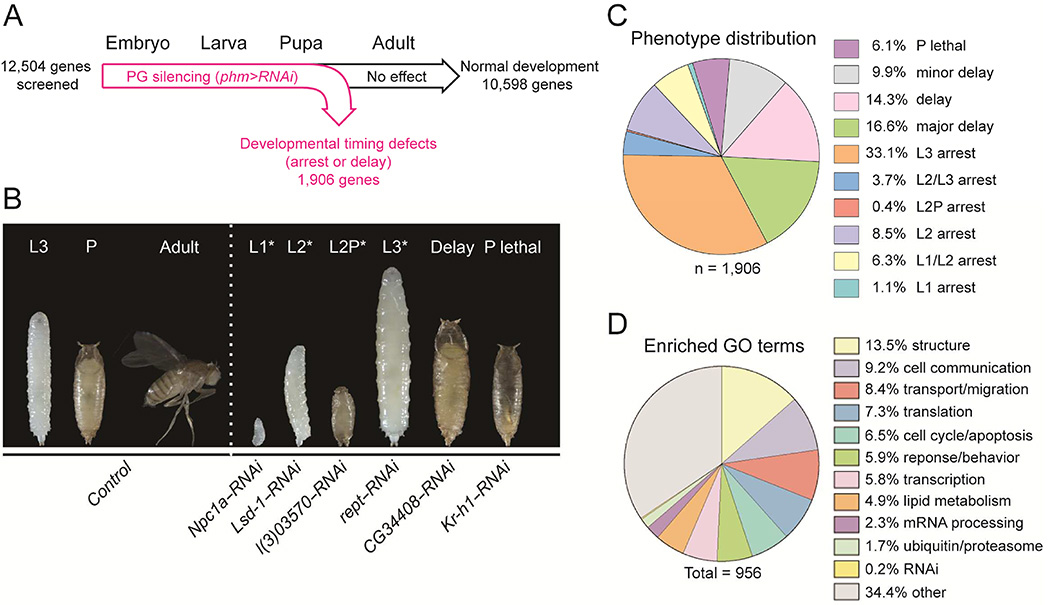Figure 1. Genome-wide in vivo screen for genes involved in steroid hormone production in Drosophila.
(A) Scheme of the screen design depicting the procedure for prothoracic gland (PG) specific RNAi mediated gene silencing. Virgin females of the PG-specific phm> driver line were crossed to a library of transgenic UAS-RNAi males to specifically reduce expression of genes in the PG. In total 12,504 RNAi lines, each targeting individual genes, were used. (B) Results from the screen reveal 1,906 candidate genes causing developmental defects including arrest in L1 (L1*), arrest in L2 (L2*), pupariation of L2 larvae (L2P*), arrest in L3 (L3*), developmental delays (delay) and pupal lethality (P lethal), indicating that the genes are important for steroidogenic tissue function. (C) Diagram showing the distribution of the phenotypic categories. (D) Gene ontology (GO) analysis of the gene set showing the top enriched functional categories. Genes were grouped into common functional categories based on GO terms from both Drosophila genes and their human orthologs. Numbers indicate total number of GO terms. See also Figure S1, Table S1 and S2.

